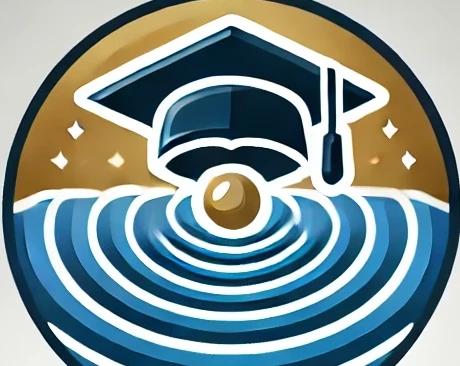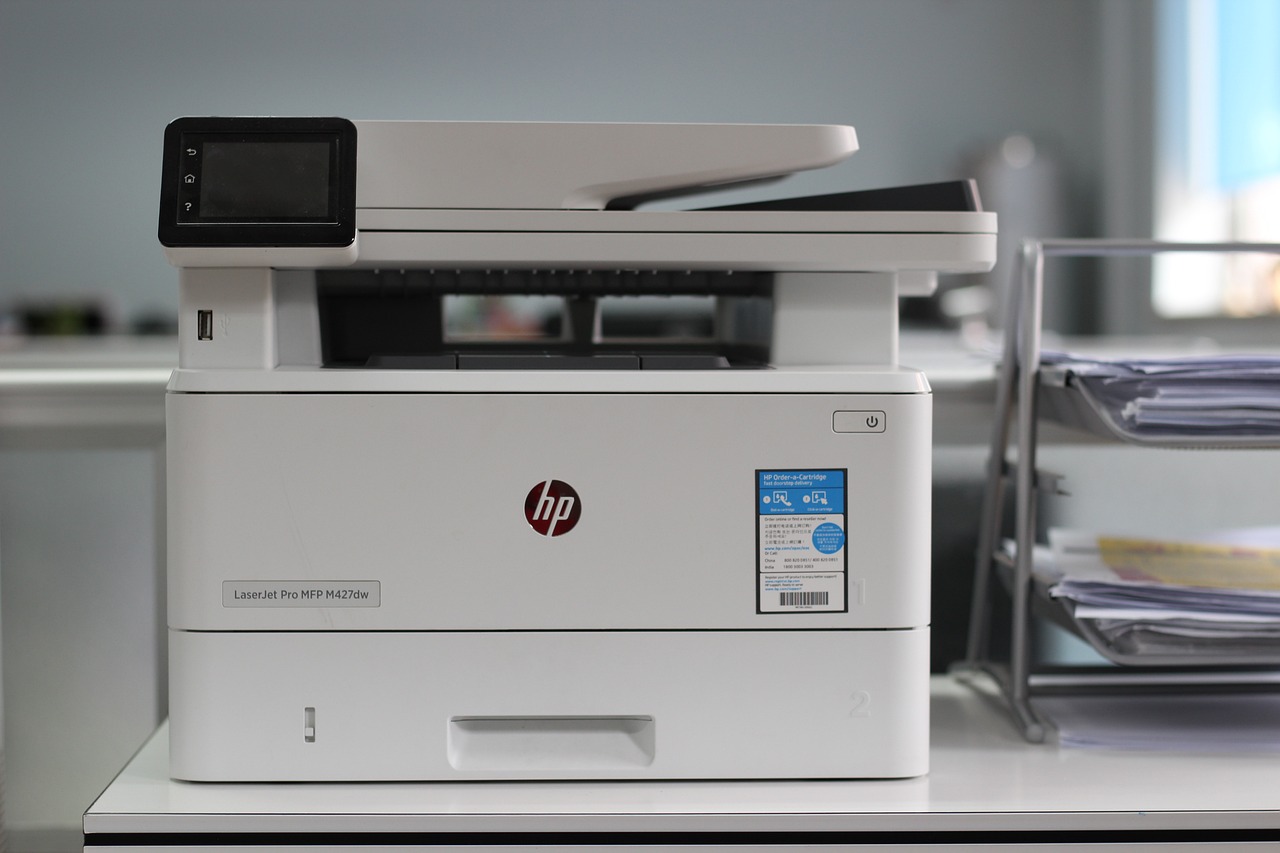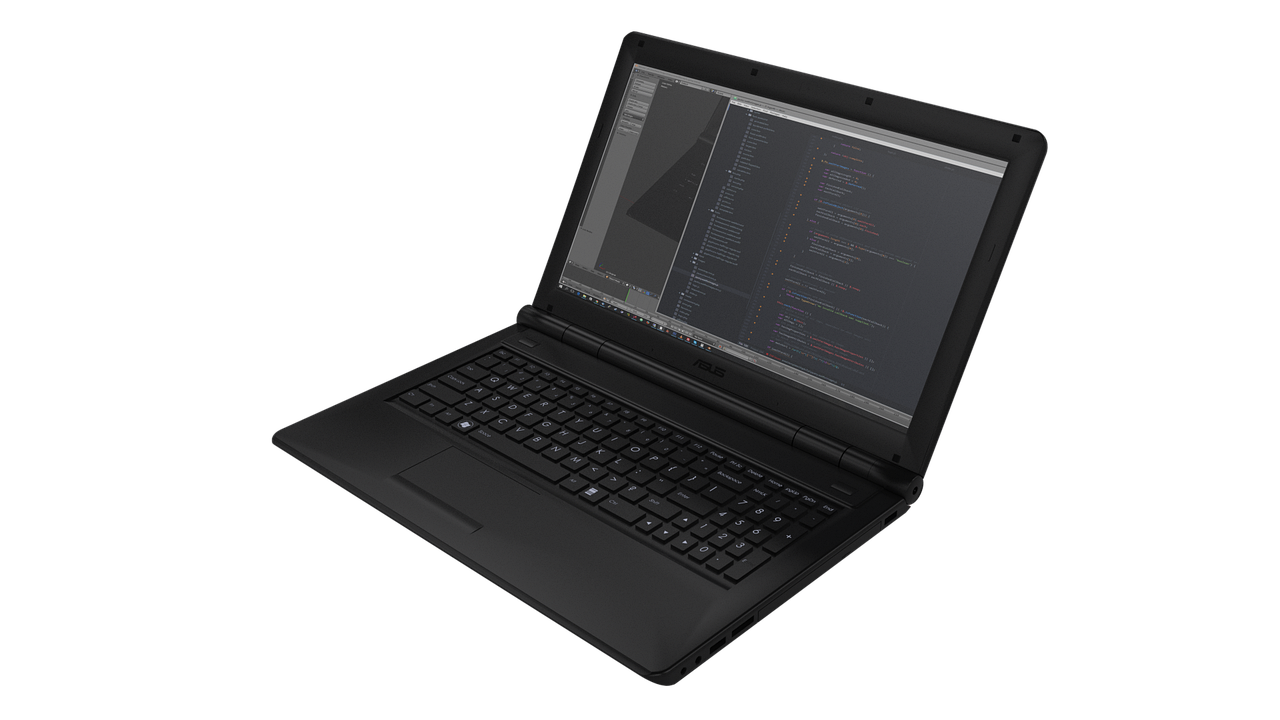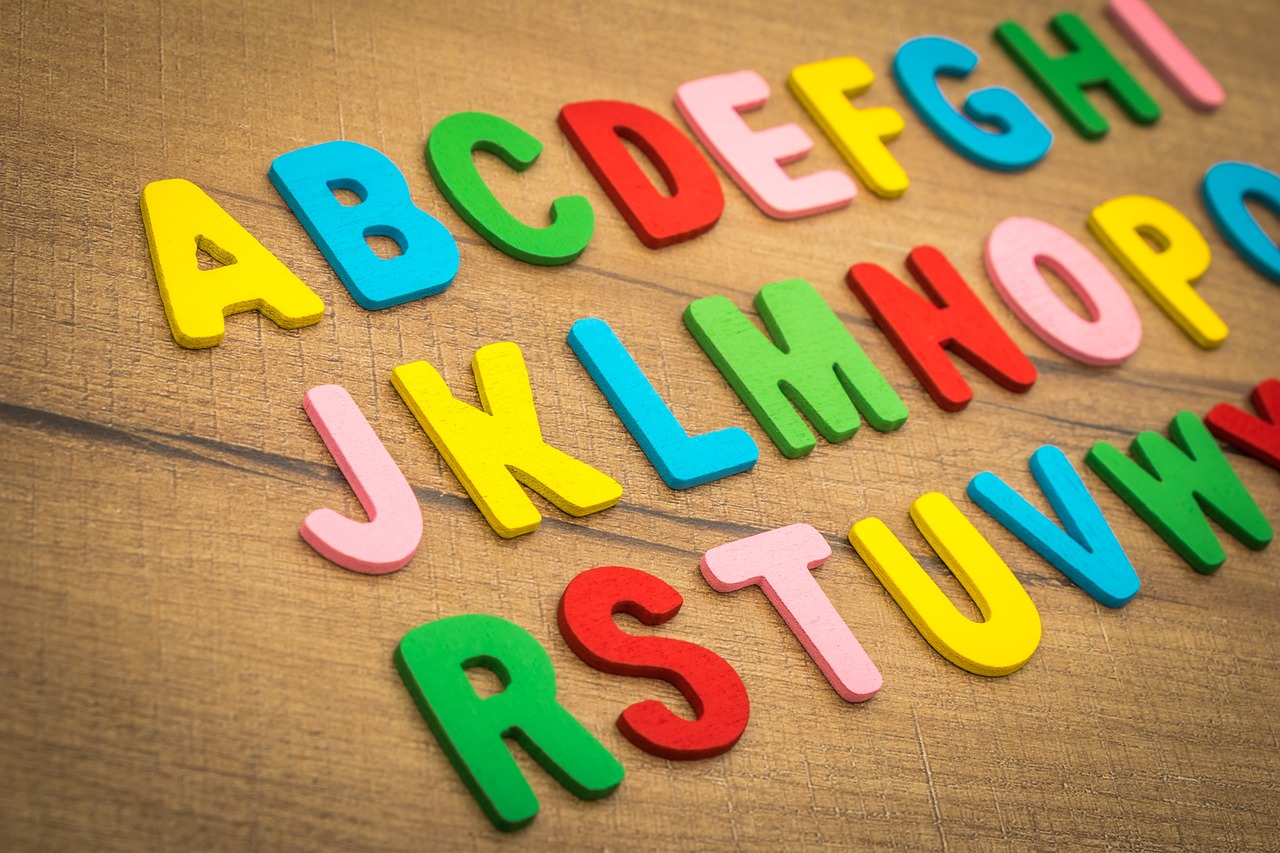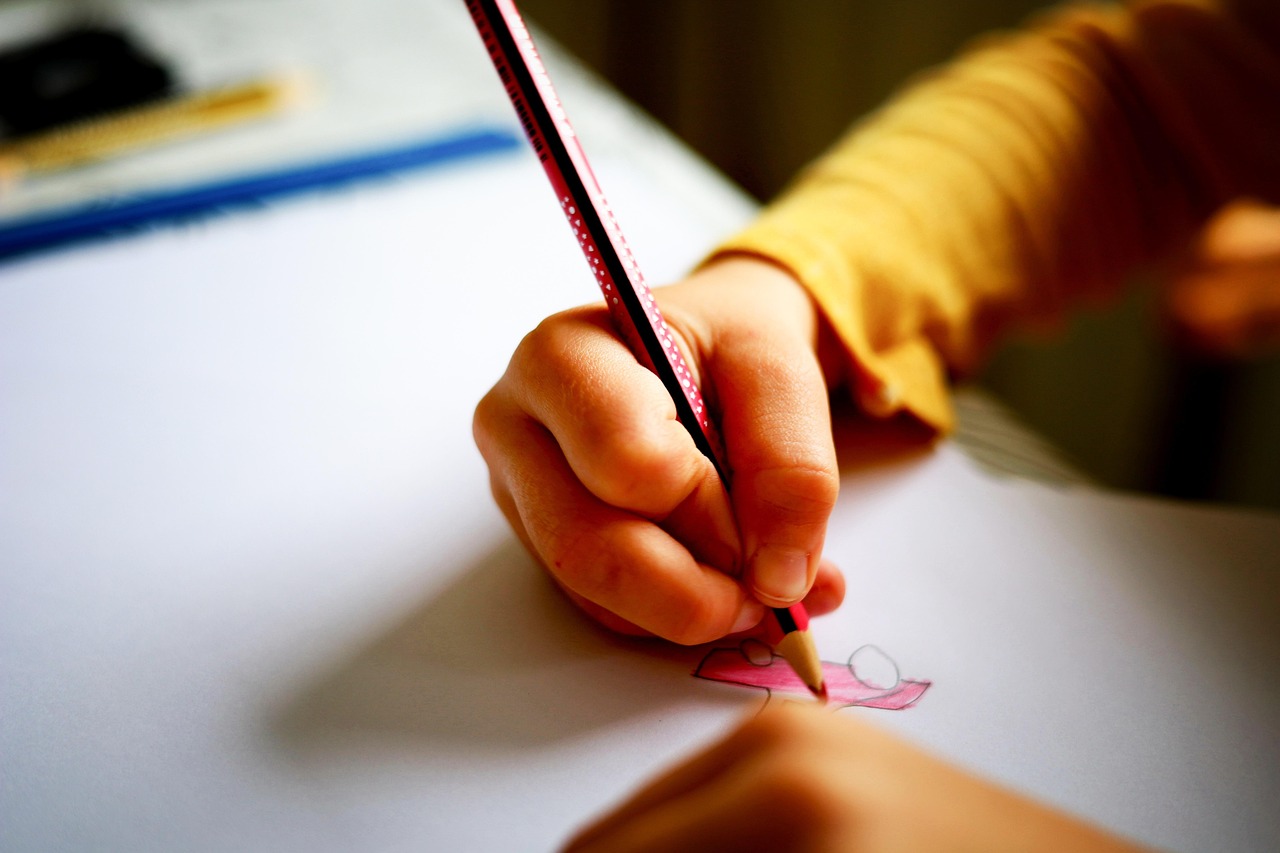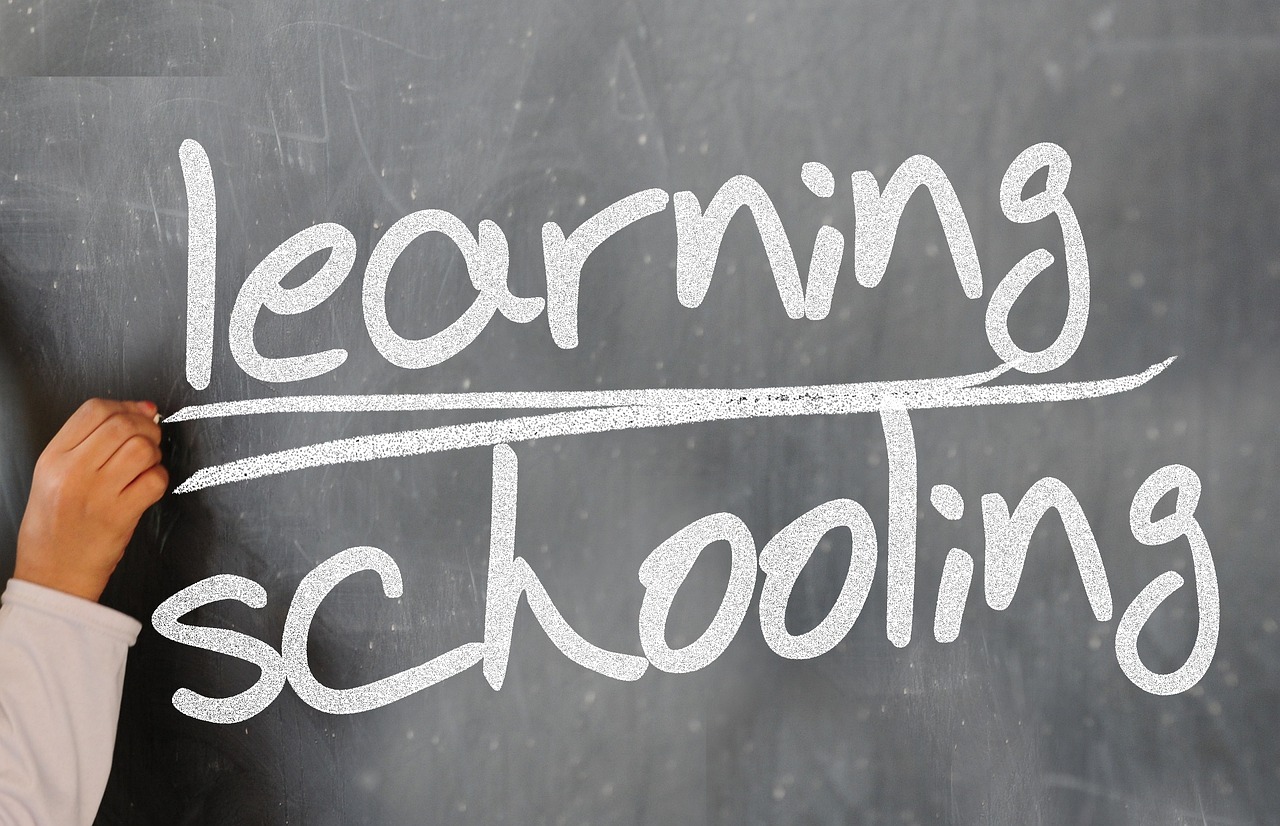Subject: Computer Studies
Class: Primary 1
Topic: Common ICT Devices – GSM Phone
Week: 2
Term: Third Term
Duration: 40 minutes
A. Lesson Objectives
By the end of this lesson, pupils should be able to:
Understand what a GSM phone is.
Identify the different parts of a GSM phone.
Recognize how a GSM phone is used in everyday life.
Know the basic functions of a GSM phone.
B. Instructional Materials
A GSM phone (real or model)
Flashcards with pictures of a GSM phone and its parts
Whiteboard and markers
Chart showing common ICT devices (e.g., computer, television, radio, GSM phone)
C. Lesson Content
1. What is a GSM Phone?
A GSM phone (Global System for Mobile communication) is a mobile phone that is used to make calls, send messages, and sometimes even take pictures or use the internet. It is a type of ICT device that helps people communicate with each other no matter where they are.
Key Features of a GSM Phone:
Portable: It can be carried anywhere.
Mobile Communication: It helps you talk to people over long distances.
Sending Messages: You can send short text messages (SMS).
Multifunctional: Some GSM phones can also take pictures, play music, and even help with online activities.
2. Parts of a GSM Phone
A GSM phone has several important parts that make it work. Let’s learn about some of these parts:
Screen/Display: The screen shows the time, messages, and pictures. It is the part of the phone you look at to see what’s happening.
Keypad/Touchscreen: The keypad or touchscreen allows you to press numbers or letters to make calls, send messages, or use apps.
Speaker: The speaker lets you hear the other person when you are talking on the phone.
Microphone: The microphone allows others to hear you when you talk.
Battery: The battery powers the phone, making it work. You need to charge it regularly.
SIM Card Slot: The SIM card allows the phone to connect to a network to make calls and send messages.
3. How Does a GSM Phone Work?
Making Calls: When you want to talk to someone, you use the phone to dial their number. The phone sends signals to the person’s phone, and you both can talk to each other.
Sending Messages: You can also send messages to friends and family using the phone. This is called SMS (Short Message Service). You type a message and press send, and the message is delivered to the person’s phone.
Taking Pictures: Some phones also have cameras, allowing you to take pictures of things you see.
Listening to Music: Some GSM phones can play music from songs that are saved in the phone or from the internet.
4. Uses of a GSM Phone in Everyday Life
Talking to Family and Friends: You can use a GSM phone to stay in touch with your family and friends, even if they are far away.
Emergency: GSM phones can be used to call for help in emergencies (e.g., if you’re lost or need assistance).
Learning and Fun: You can use a GSM phone to learn new things, like watching educational videos, playing games, or listening to music.
Shopping: Some GSM phones help you shop online or make payments.
D. Class Activities
Activity 1: Identifying Parts of a GSM Phone
Show the class a GSM phone (real or model) and ask them to point to the different parts, like the screen, keypad, speaker, and microphone.
Discuss each part and its function.
Activity 2: How to Use a GSM Phone
Demonstrate how to make a simple call or send a message using a GSM phone (if possible, with a real phone).
Let the students take turns pretending to make calls to each other or send simple messages (e.g., “Hello!”).
Activity 3: Drawing a GSM Phone
Ask pupils to draw a picture of a GSM phone and label its parts (screen, keypad, speaker, etc.).
Encourage them to write down one thing they can do with a GSM phone.
E. Evaluation (Assessment)
Ask the pupils to name three parts of a GSM phone.
Have them explain one way they can use a GSM phone.
Show pictures of different devices (e.g., computer, television, radio, GSM phone) and ask pupils to identify the GSM phone.
Ask students to describe what happens when they make a call on a GSM phone.
F. Assignment
Ask pupils to talk to a family member about how they use a GSM phone at home. Write down one thing their family member uses the phone for.
Pupils should draw a picture of a GSM phone and label its parts.
G. Conclusion
Recap the important parts of a GSM phone and how it is used for communication.
Reinforce that the GSM phone is a helpful tool for talking, sending messages, and learning.
Encourage pupils to ask questions if they are curious about any other functions of a GSM phone.
